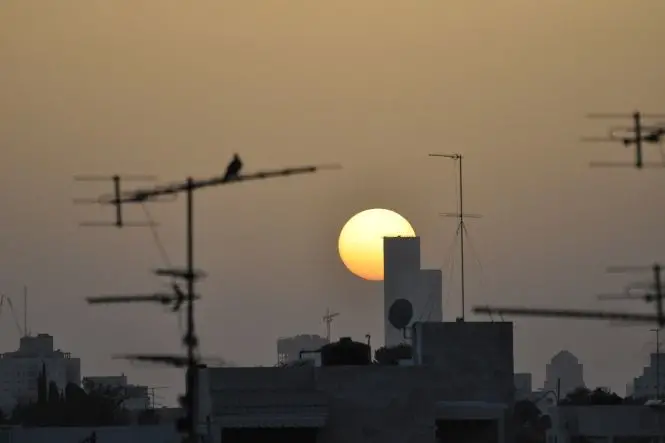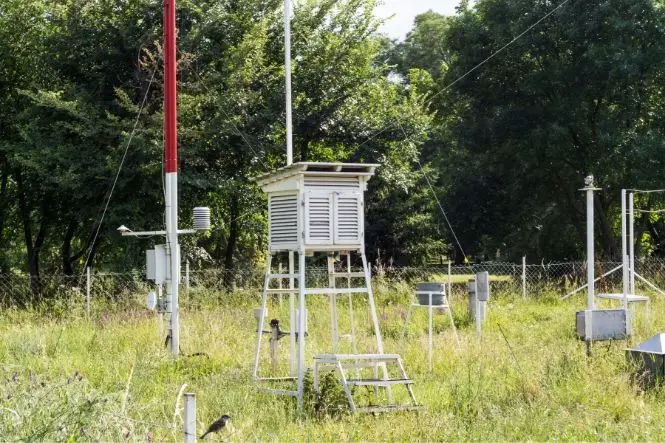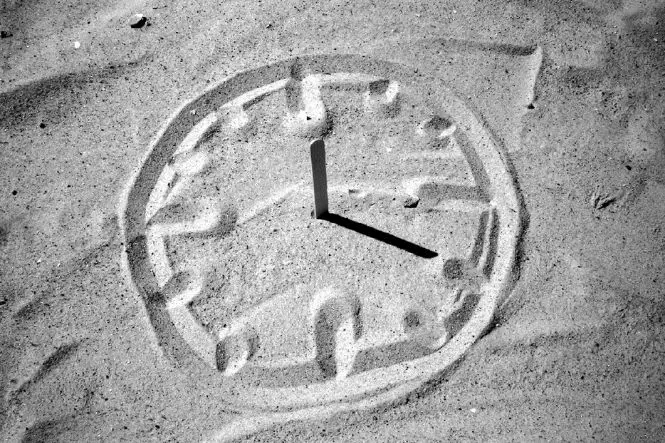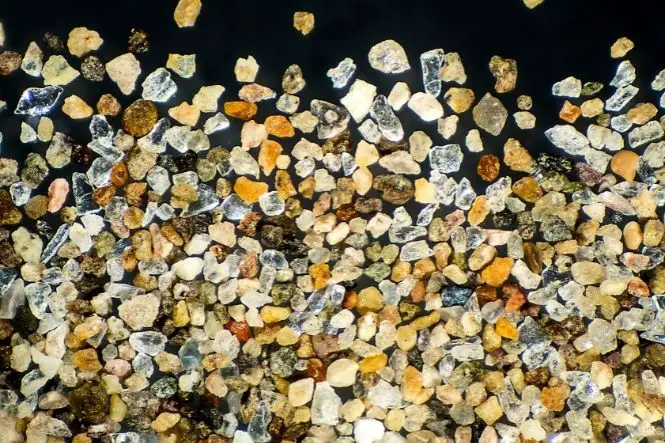A sunspot is a cooler area on the surface of the sun, which shows up as a patch that is darker than the rest of the sun’s surface. A sunspot generally lasts for about two weeks. Sunspots usually happen in groups. Sunspot activity happens in cycles that peak about every eleven years, and relates to cycles of magnetic activity in the sun.
Sunspot reports might go back as far as 28 BC. In 1612, Galileo Galilei, a physicist, mathematician, astronomer, and philosopher, tracked sunspots across the sun and calculated that the sun revolves once every 27 days.
Table of Contents
Make a Pinhole Camera
Looking directly at the sun can cause eye damage. Instead, look at the sun using a pinhole camera. Ibn al-Haytham invented the first pinhole camera in the 10th Century.
Make a pinhole in a piece of stiff paper, or cut a five centimetre square in the paper, tape a piece of kitchen foil over the square and make a hole in the foil (this will make a smaller and neater hole). Go outside on a sunny day and hold the piece of paper with the pinhole up above another piece of paper. This will make an image of the sun on the second piece of paper. Moving the top piece of paper will change the size, brightness and focus of the image of the sun – try about a metre apart.
Making a number of holes (or using something like a kitchen colander) will make a number of images of the sun.
Make a Sun Projector
Put a telescope or pair of binoculars on a tripod, and aim the lens of the telescope or one side of the pair of binoculars (cover the other lens with a piece of card) at the sun (do NOT look at the sun through the telescope or binoculars). Hold a piece of white paper or card behind the eyepiece – the eyepiece should project an image of the sun onto the card. Move the paper nearer to or further from the telescope to get a better image.
Make a Sun Viewer
Cover the end of a tube about one metre long with a piece of thick aluminium foil, and make a pinhole in it. Cover the other end of the tube with a piece of tracing paper or greaseproof paper, and point the pinhole at the sun – the image of the sun will appear on the tracing paper. To make the image of the sun easier to see, make a hole the same size as the tube in the bottom of a cardboard box and use this to shade the end of the tube. Hold a second piece of tracing paper or greaseproof paper over the end of the tube, draw round the sun and mark any sunspots.
Tracking Sunspots
Make a template of the sun, and draw the sunspots over a week, or trace the sunspots on the solar viewer. Have they moved? Have their shapes and sizes changed? Are there fewer or more sunspots?







